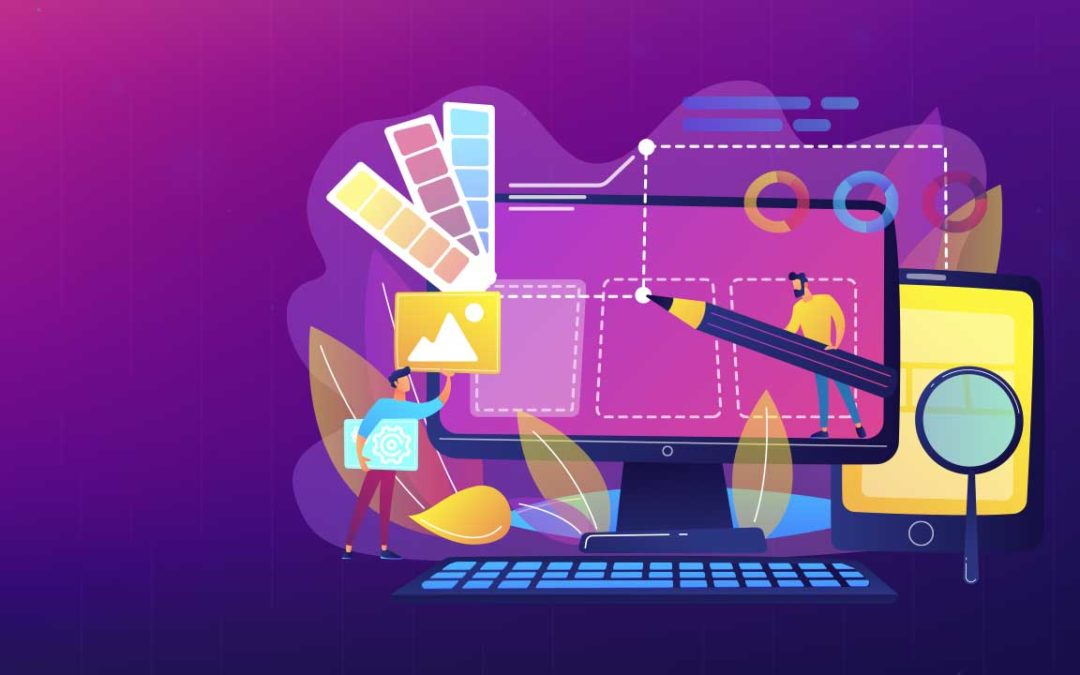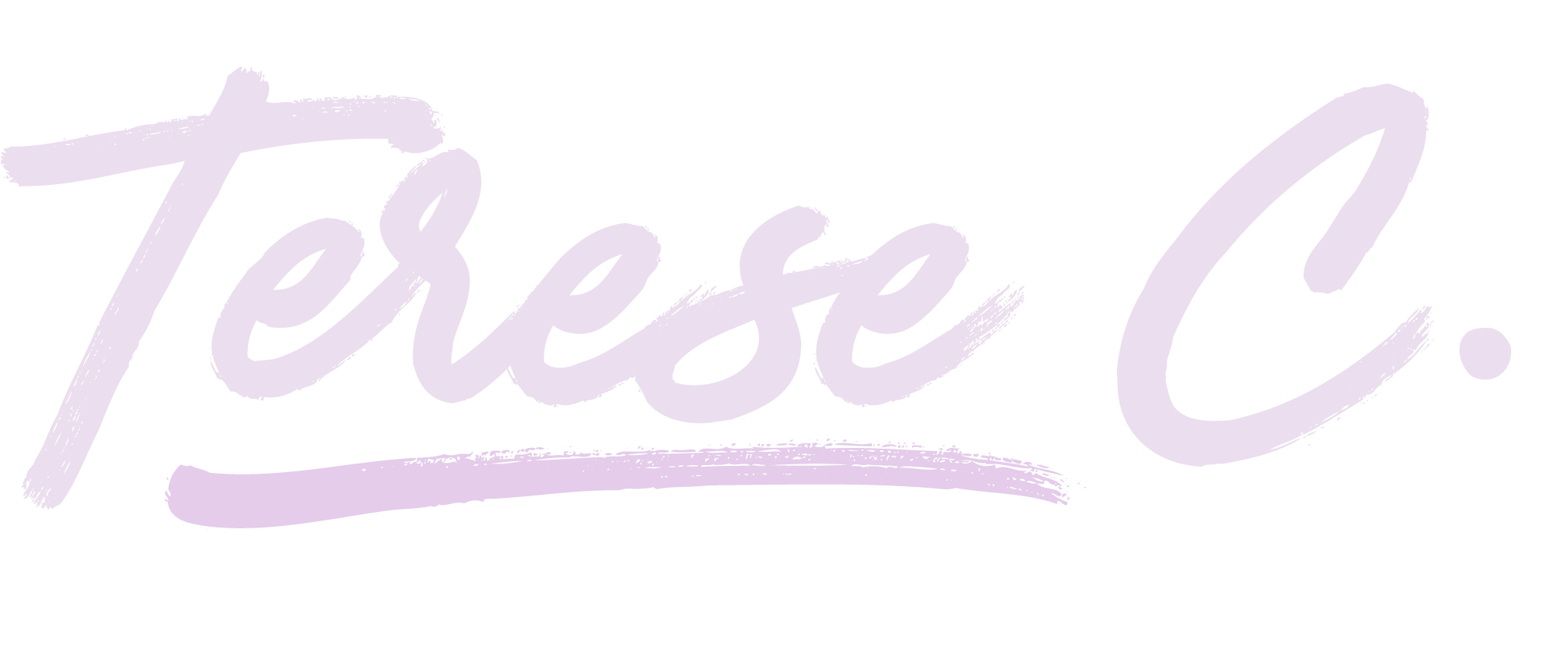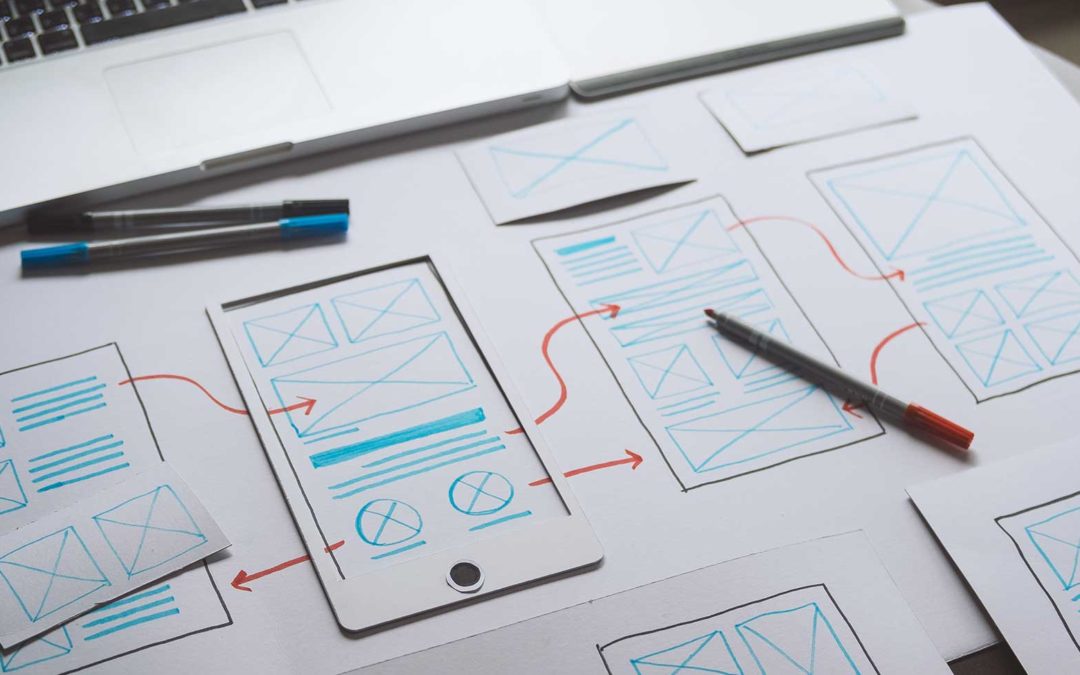
The importance of good UI design
A digital age
These days almost everything happens online. We read our news online, we do much of our shopping online and we meet and interact with many of our friends online. We also do our research online. Buying a new car? search online. Need a new vacuum? search online. Want to go to a restaurant? turn on geolocation and see what’s near you, with reviews. We put our trust in ratings and customer reviews, and in many cases these are what determines what product we buy or where we go out to eat.
Our digital habits means that it is important that businesses have a strong online presence, but just being there is not enough.
Good UI
Visual storytelling is a great way to connect with your audience, and can be achieved with good UI. It helps create a user-friendly interface that can build the customers confidence and reduces confusion. It gives the business an opportunity to answer frequently asked questions, and address their customers’ pain points. Credability can be established with good UI and will more than likely convert users into paying customers and get them to return. Returning customers can become brand advocates as they spread the brands’ message to their other potential customers.
But what does “good UI” mean, exactly?
Good design should be simple and straightforward and it is not only about attractive visuals and elements. UI should in fact be nearly invisible, so that it doesn’t overwhelm the user with too many colors, crazy fonts, animations and other design elements. It should clearly broadcast the right message to the user, and meet both their needs and wants.
Each element in the design should serve a purpose, and most importantly – be consistent. Consistency ensures that the user quicly learn how to interact with your website/product, which in turn increases their confidence and makes their journey towards their goal more effortless and time-consuming.
10 principles of good design
Dieter Rams’ is a German industrial designer and has been involved in design for seven decades. He has recieved many honorary titles through his career, and his 10 principles of good design can be applied to any design.
After all, design is design.
Good design …
.. is Innovative
.. must be Useful (makes a product useful)
.. is Aesthetic
.. makes a product Understandable
.. is Unobtrusive
.. is Honest
.. is Long-lasting
.. is Consistent in every detail/thorough down to the last detail
.. is Environmentally friendly
.. is as Little Design as possible

